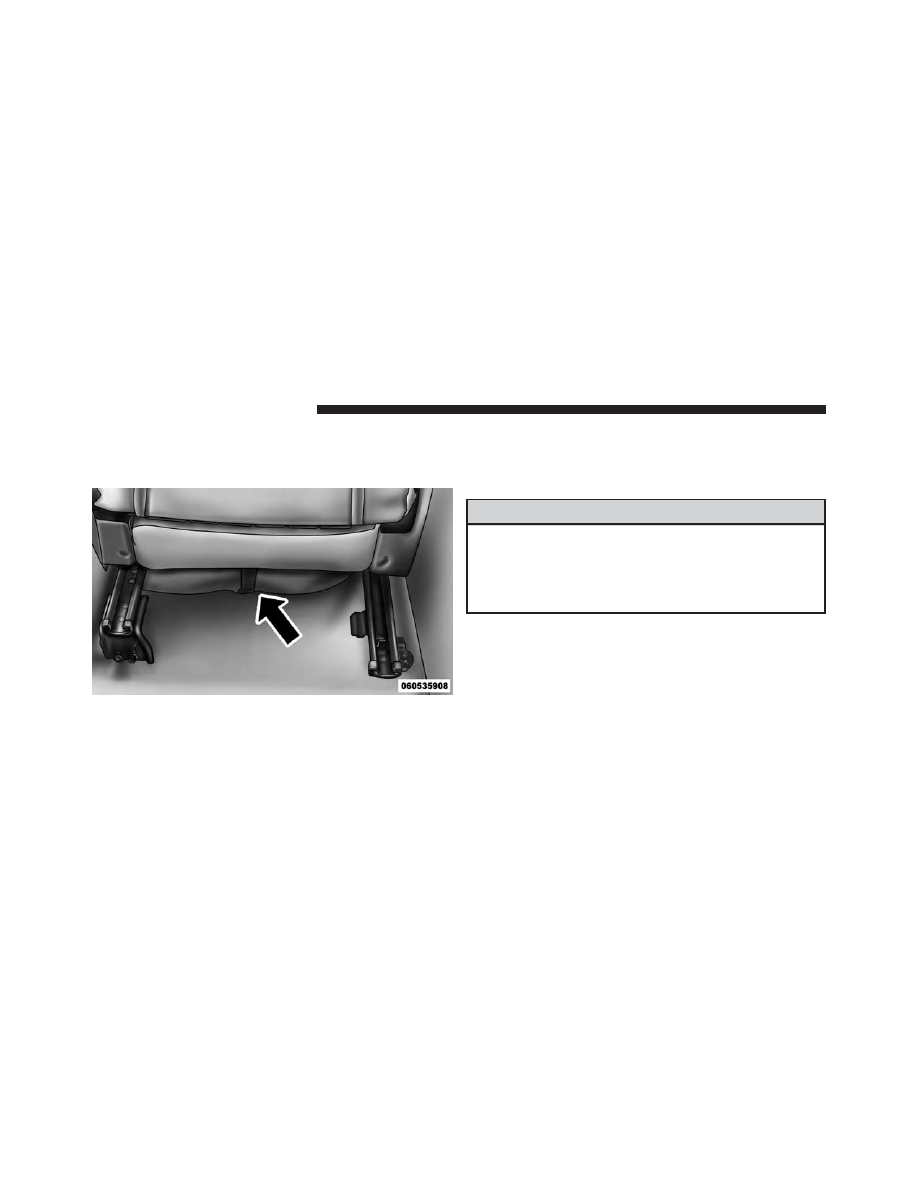Fiat 500 Abarth (2016 year). Instruction - part 21

Jack Location
The jack and jack wrench tool are stowed in a bag under
the front driver’s seat.
Preparations For Jacking
1. Park the vehicle on a firm level surface, avoiding ice or
slippery areas.
WARNING!
Do not attempt to change a tire on the side of the
vehicle close to moving traffic, pull far enough off
the road to avoid the danger of being hit when
operating the jack or changing the wheel.
2. Turn on the Hazard Warning flashers.
3. Set the parking brake.
4. Place the shift lever in REVERSE.
5. Turn Off the ignition.
Jack And Jack-Handle Location
324
WHAT TO DO IN EMERGENCIES